Equinor's chief economist: Energy sector suffers from underinvestment
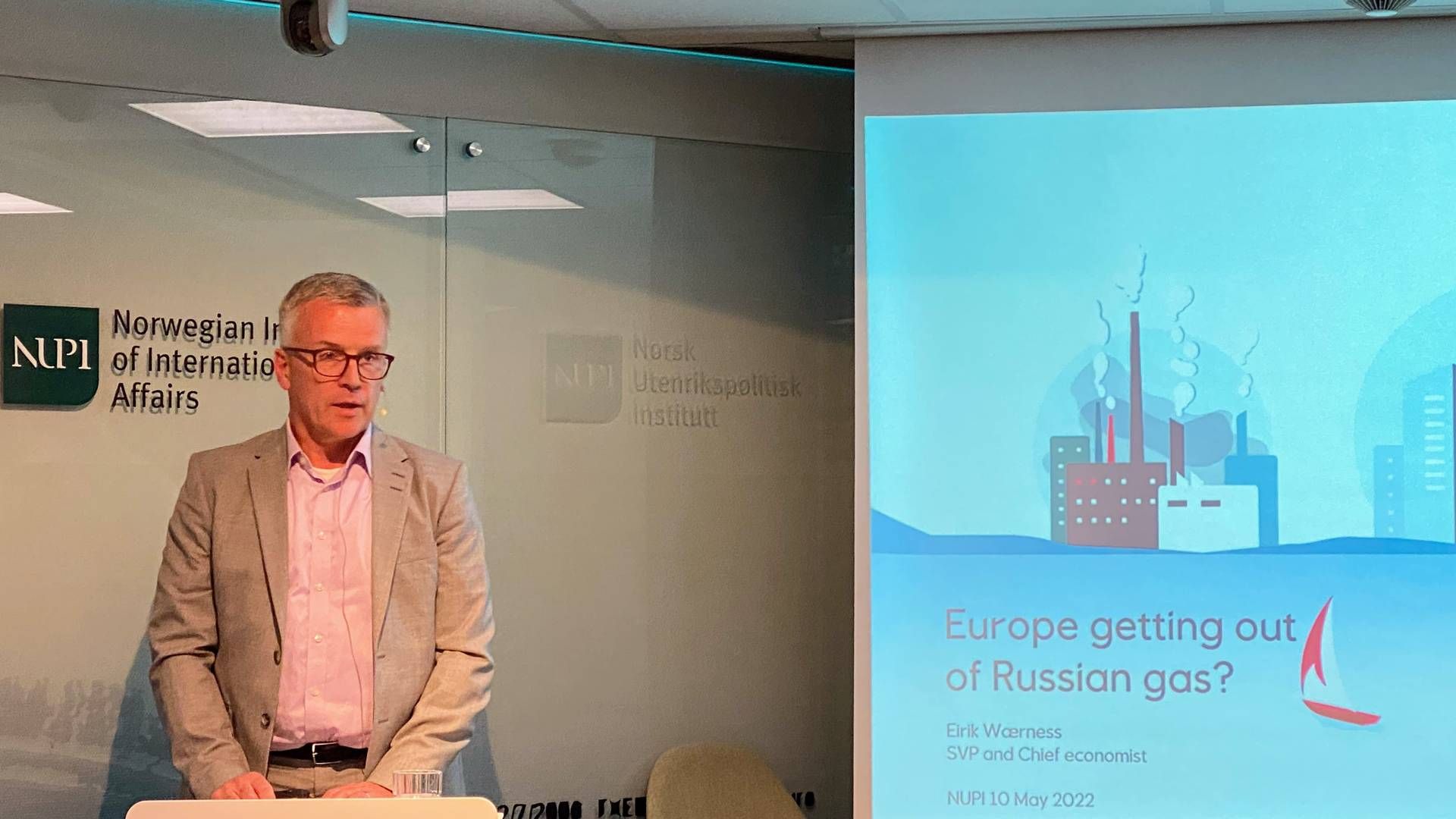
At Equinor’s presentation of quarterly results, EnergyWatch noted that oil company would postpone its Energy Perspectives report due to uncertainty sparked by the war in Ukraine. Even Chief Executive Officer Anders Opedal was unable to say when it would be ready.
The same goes for Chief Economist of Equinor Eirik Wærness, despite him being the person in charge of preparing the report.
”We cannot say exactly. The same people who are producing the report have to review our basic assumptions and how our assumptions need to change,” says Wærness.
EnergyWatch has a chat with him after his presentation on the energy-related consequences of Russia’s war in Ukraine at a seminar under the auspices of the Norwegian Institute of International Affairs (NUPI). He makes it clear that Europe is in the middle of an energy crisis, which poses a challenge that will be difficult to solve.
”Europe isn’t self-sufficient in energy and won’t be self-sufficient. The question is therefore where Europe will receive its energy from,” says Wærness.
Norway is Europe’s second largest supplier of gas, but there is a limit to how much the nation will be capable of supplying. In the short term, this is is limited by the capacity of pipelines to Europe as well as a lack of reception capacity for liquefied natural gas. Looking a couple of years into the future, it will also remain a challenge for Norway on account of not uncovering enough gas to maintain current supply over time.
”Expecting that Norway achieves higher production down the line compared to today is rather optimistic,” notes Wærness.
Gas requires long-term investments
He points out that there are some large fields that will see declining production in 3-4 years and may be replaced if the EU receives all the gas the bloc requires. While Norway has made large discoveries, including in the North Sea, these haven’t been viewed as viable. Naturally, this could change if today’s energy prices remain at the current level, but in Norway, it poses a dilemma.
The EU has clear ambitions to phase out fossil energy for renewable alternatives, as do several Norwegian political parties in favor of the fastest possible reductions and potentially shutting down oil and gas activities on the Norwegian shelf. Increasing Norway’s production and transport capacity would require huge investments, which would take time.
”If we are to take on additional deliveries, we must keep in mind that these are long-term decisions,” remarks Wærness.
In his view, the oil and gas industry must clearly communicate what is possible to deliver in both the short and long term, and he further points out that the entire industry needs to know what framework conditions they need to consider in 2030.
”Long-term contracts could come back into style,” says Wærness.
This would be a contrast to today. In a report released in November last year, the Agency for the Cooperation of Energy Regulators argues that sky-high gas prices are temporary and that the EU has saved considerable sums by uncoupling gas prices from long-term oil-indexed contracts and switching to spot prices.
”ACER’s monitoring efforts, as well as analysis by others like the International Energy Agency, illustrate that oil-indexed gas contracts have been more expensive than hub-indexed contracts over the last decade,” writes ACER in the report.
The agency further points out that Europe has saved USD 70bn on lower gas import bills against estimated losses of USD 30bn in 2021. At the same time, ACER assesses that gas prices would drop significantly in April of this year and that the energy crisis would therefore be over relatively quickly.
This prediction didn’t come to pass, and due to the war in Ukraine, the gas prices remain very high, creating uncertainty about gas supply and prices going forward.
”Gas is incredibly profitable for those delivering gas. No one know how long it will last,” says Wærness.
Uncertain energy prognoses
Uncertainty is also affecting Equinor and not least this year’s edition of the Energy Perspectives report. The company was ready to present its basic assumptions, but then Russia attacked Ukraine on Feb. 24.
”We had a nearly finished basic scenario on Feb. 23, but now we have to redo it and consider the long-term perspectives of this,” says Wærness.
These efforts are not yet complete, and the chief economist is unable to disclose when they think the report will be ready. He points out that the International Energy Agency will present its outlook on the energy sector in October/November and that IEA has to present its report first for it to make any sense.
He further relates that this isn’t the first time that the report has been postponed. It also occurred in 2020 due to the Covid-19 lockdown.
Europe faces the worst in the short run
Russian gas supplies to Europe could end or decrease in three ways:
- Russia stops / limits gas exports
- Europe stops / limits gas imports
-
Ukraine stops / limits the flow of gas
For Russia, any suspension or reduction in gas exports will mean that the nation will miss out on substantial and necessary sums, while for Europe, not receiving enough gas will pose a huge challenge. It will affect heating, industrial output and electricity output. Both sides have much to lose in the event of a supply disruption.
”It’s not possible to move away from Russian gas in a matter of a year or two,” Wærness says.
When asked which side will be worst affected by a stop to Russian gas supplies, the chief economist is clear:
”In the short term, Germany and Europe will have it worse. In the long term, Russia will have it worse,” notes Wærness.
EU’s gas inventories at 39%
According to the latest inventory figures from Aggregated Gas Storage Inventory, inventories stand at 39%. This corresponds to 435TWh of primary enegy, which is a decent amount for this time of year. It’s also far higher than the same time last year.
Asked by EnergyWatch as to what will happen if gas deliveries cease, Wærness explains that it depends on what kind of warning precedes it. Moreover, there is a difference between what will happen in terms of volumes and what will happen in terms of price.
”In terms of volume, the situation is much worse in October, November and December than it is now. We will see a fierce reaction in prices, and in the end, it will end up with a quick shutdown for those unable to receive alternatives. It’s probably the industrial sector that comes first,” states Wærness.
He points out that the price of gas was extremely high last winter when there was uncertainty as to whether there was enough to meet Europe’s needs throughout the winter. Prices dropped slightly when it became clear that things were going well. Although gas prices remain high, they are much lower than at their peak.
Underinvestment in energy
According to Wærness, gas isn’t the sole form of energy seeing underinvestment, as the problem also extends to oil.
”For oil and gas, we’re investing in approximately the 1.5 degrees scenario,” he remarks.
By that, he means that investments are being made as if the daily consumption of oil has been reduced from 100 million barrels of oil a day to 60 million barrels a day. If this isn’t achieved, there will be insufficient volumes of oil to meet demand.
One of the prerequisites for meeting this target is a massive build-out of additional renewable energy. However, there is a huge gap between what is being done and what needs to be done.
”We have to invest USD 3.5tn in clean energy and infrastructure. Which we aren’t. We’re investing a third of that around the globe,” says Wærness.
Asked whether the situation in Ukraine is calm enough to re-stabilize the energy market, Wærness is well aware that this isn’t tenable.
”No. We have an underlying need for investments in energy. There are far too few investments in oil and gas, and there are far too few investments in renewables,” says Wærness.
Equinor postpones annual report on energy markets
High energy prices ensure Equinor impressive Q1 results
Related articles
Equinor postpones annual report on energy markets
For subscribers
High energy prices ensure Equinor impressive Q1 results
For subscribers
Equinor sells stake in Norway's biggest oil field
For subscribers

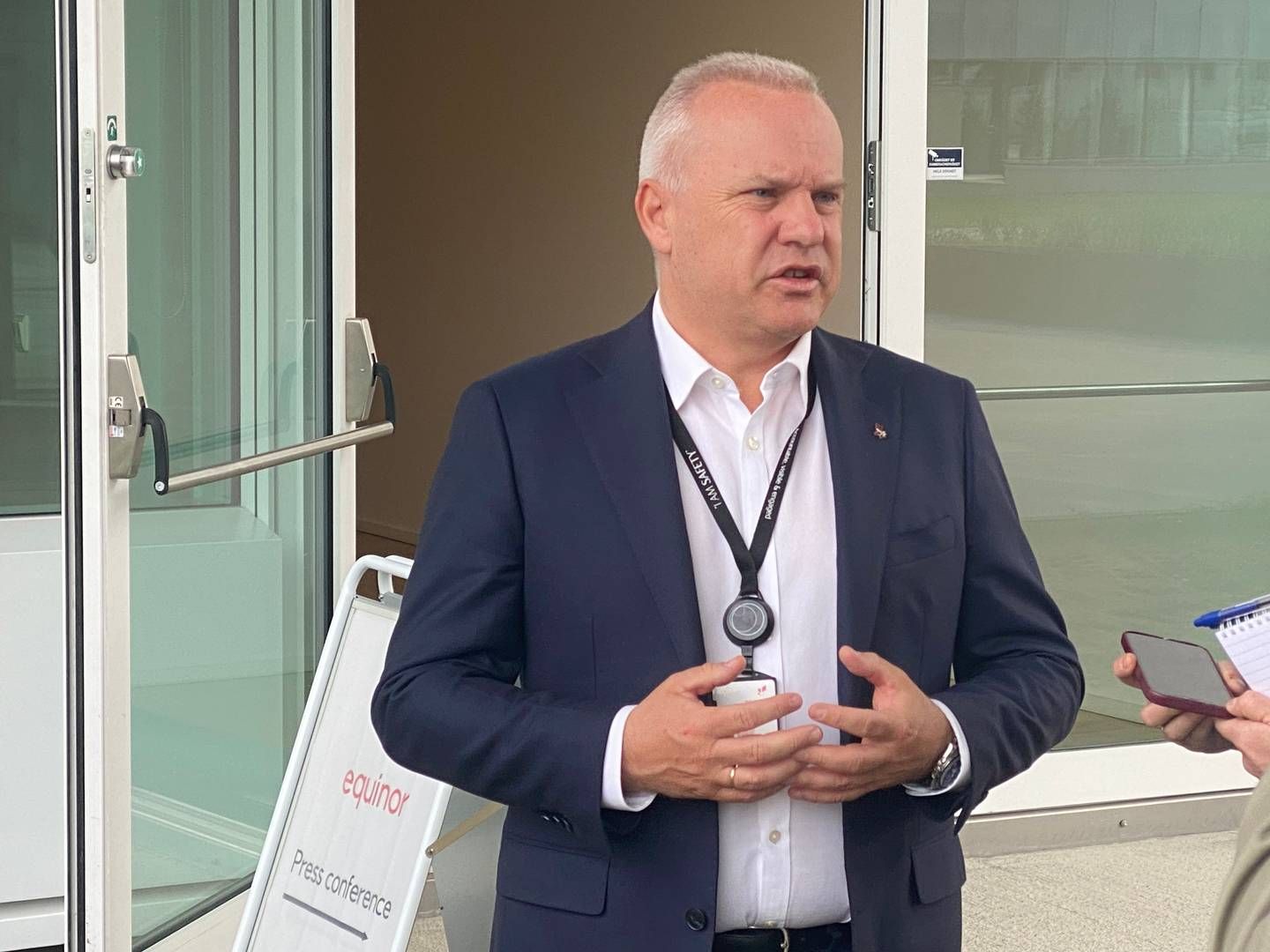
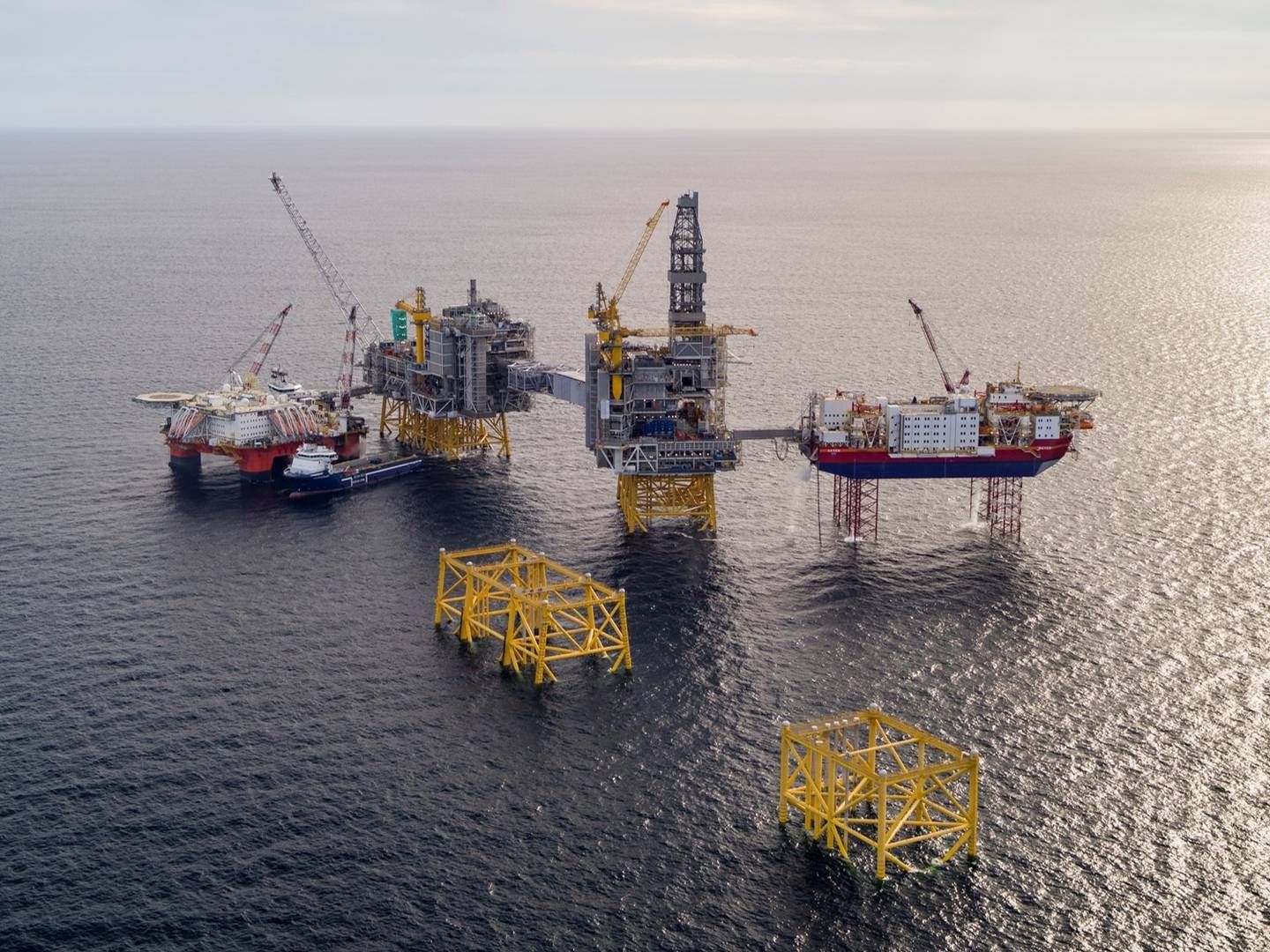
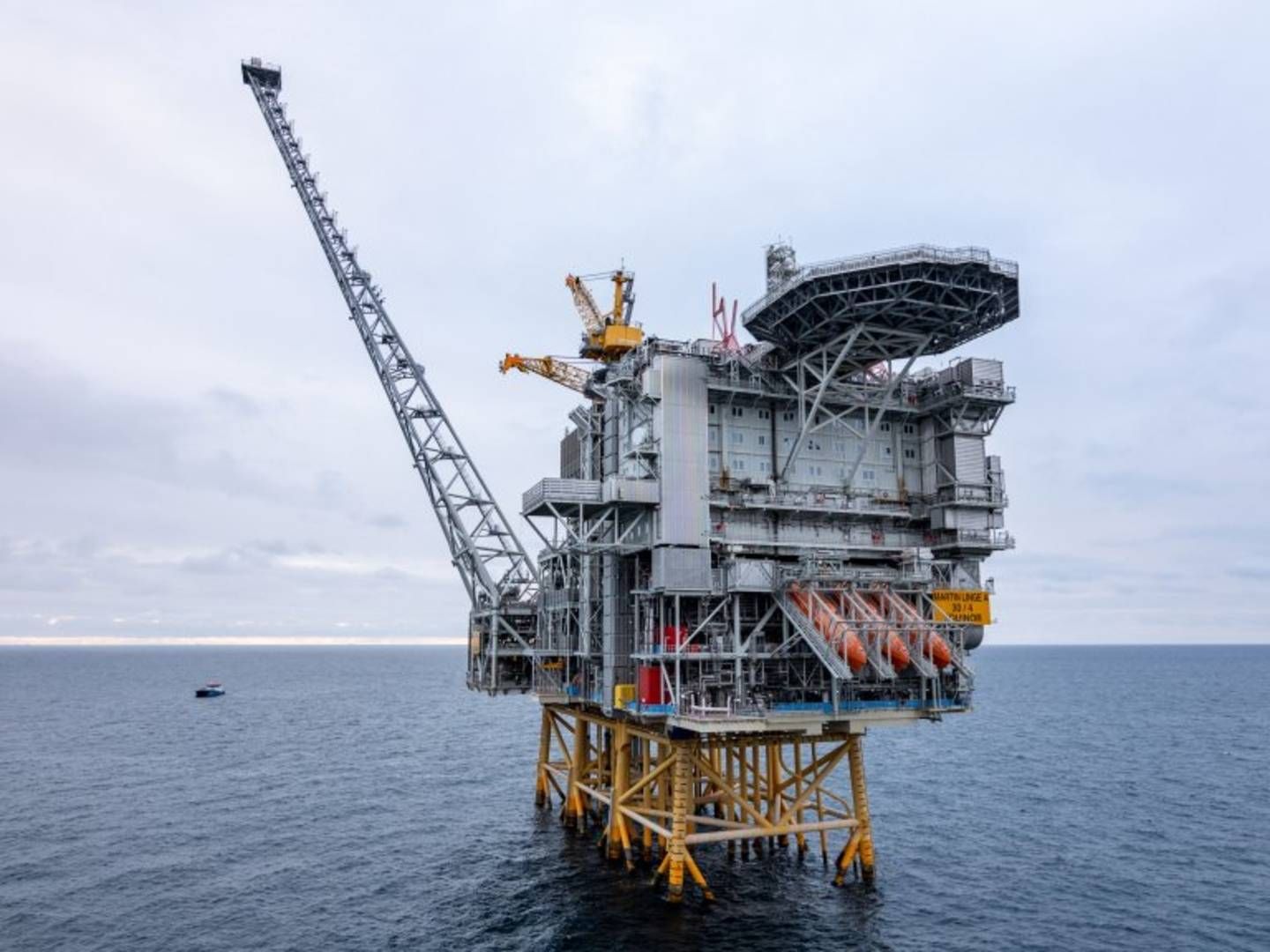














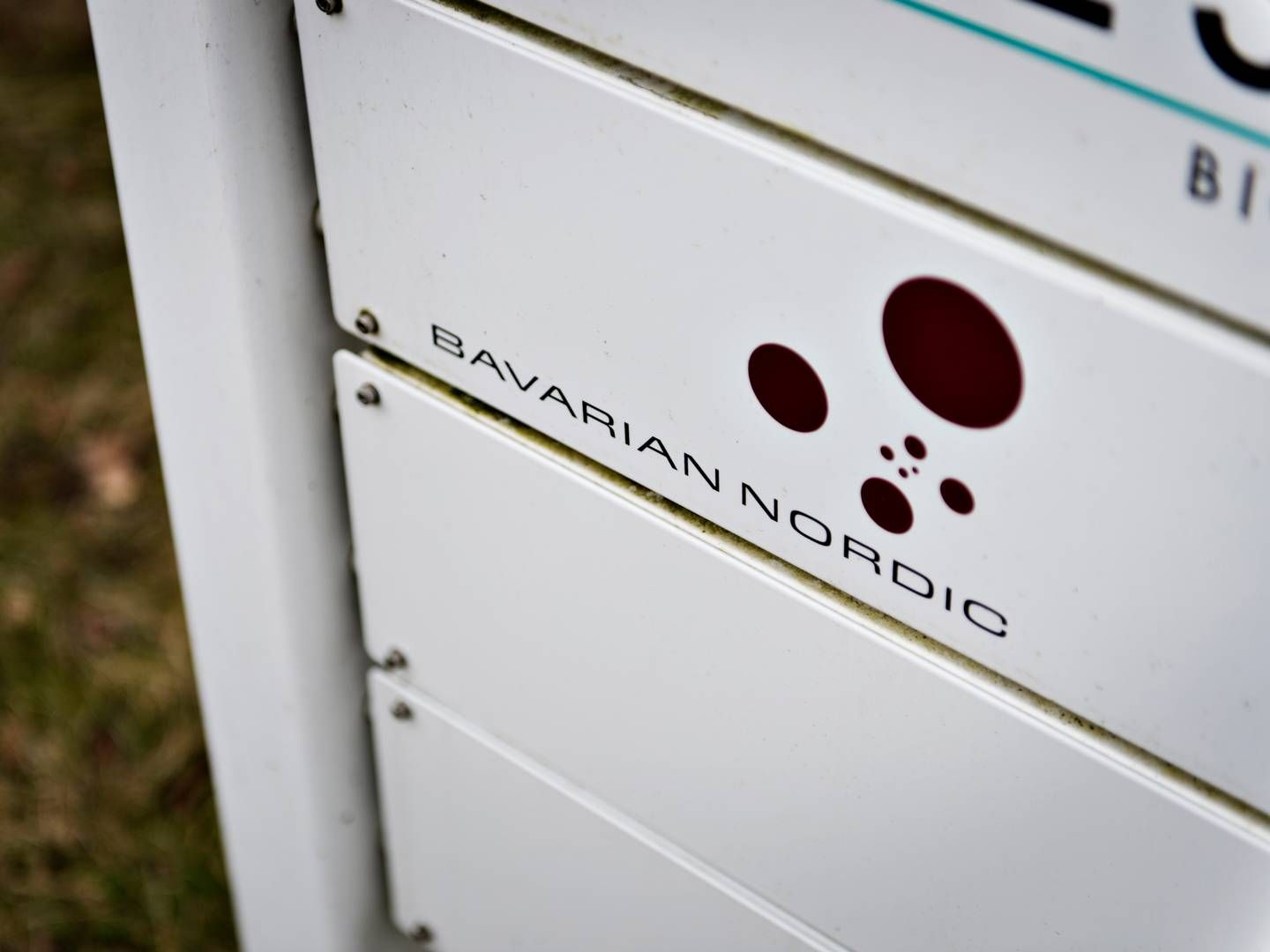





.jpg&w=384&q=75)
